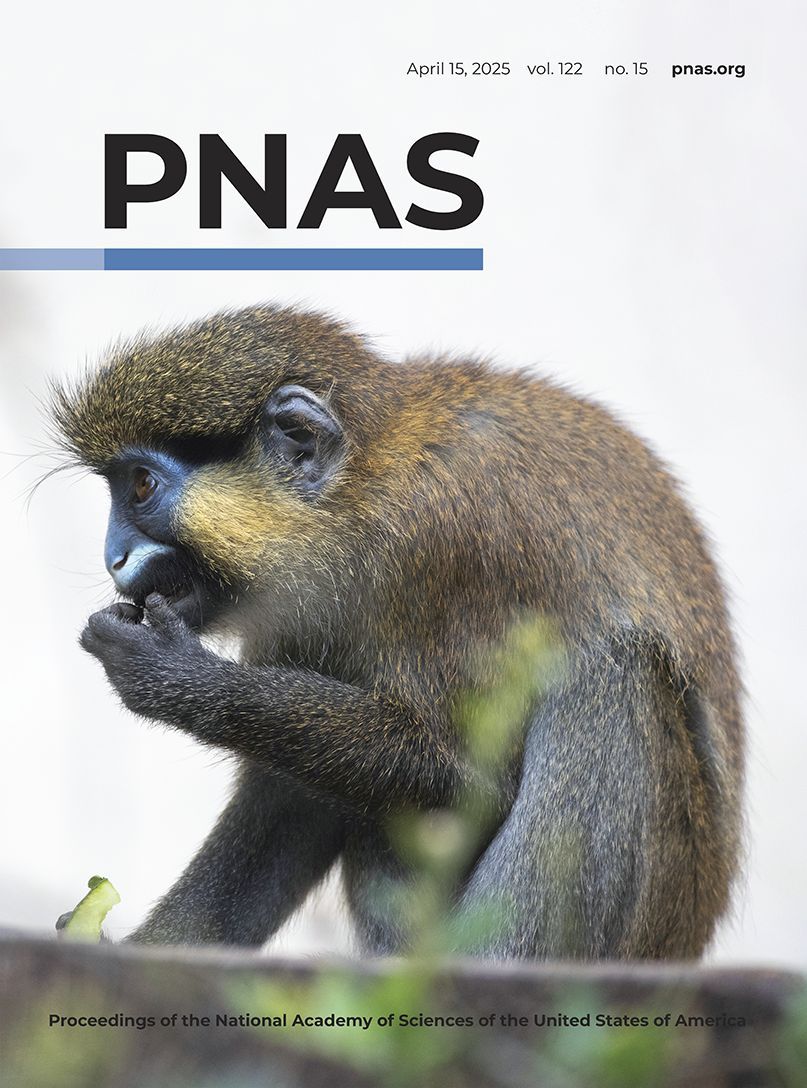Nicolas Martin, Adrien Thibeault, Lenka Varadzinová, Donatella Usai, Stanley H. Ambrose, Daniel Antoine, Petra Brukner Havelková, Matthieu Honegger, Joel D. Irish, Friederike Jesse, Laura Maréchal, Marta Osypińska, Piotr Osypiński, Frédéric Santos, Nicolas Vanderesse, Ladislav Varadzin, Rebecca J. Whiting, Clément Zanolli, Petr Velemínský, Isabelle Crevecoeur; PNAS, 31 March 2025
Enamel–dentine junction morphology reveals population replacement and mobility in the late prehistoric Middle Nile Valley
In the prestigious journal Proceedings of the National Academy of Sciences (PNAS) has appeared a paper co-authored by Professor Marta Osypińska of the Institute of Archaeology at the University of Wrocław, devoted to the genesis of the first agro-pastoral communities in the Nile Valley. The article makes an important contribution to studies of the onset of the Neolithic in North-East Africa and addresses the processes that transformed traditional hunter-gatherer societies into food-producing populations reliant on agriculture and husbandry.
Within an interdisciplinary framework the researchers examined the morphological traits of human teeth deriving from several archaeological sites in Sudan and southern Egypt, dated from the late Pleistocene through the early Holocene. The application of pioneering morphometric methods — specifically the analysis of the enamel–dentine junction (EDJ) — enabled assessment of biological affinities between populations from different time-periods, even where ancient DNA evidence is lacking.
The results demonstrate that the emergence in the Nile Valley of the first agro-pastoral communities was not solely the outcome of local cultural evolution, but was associated with the influx of new population groups from other regions of Africa. Accordingly, these findings provide crucial evidence for debates on the mechanisms of Neolithisation on the continent, suggesting that the transformations in economic and social organisation were not only cultural in nature, but also demographic.

